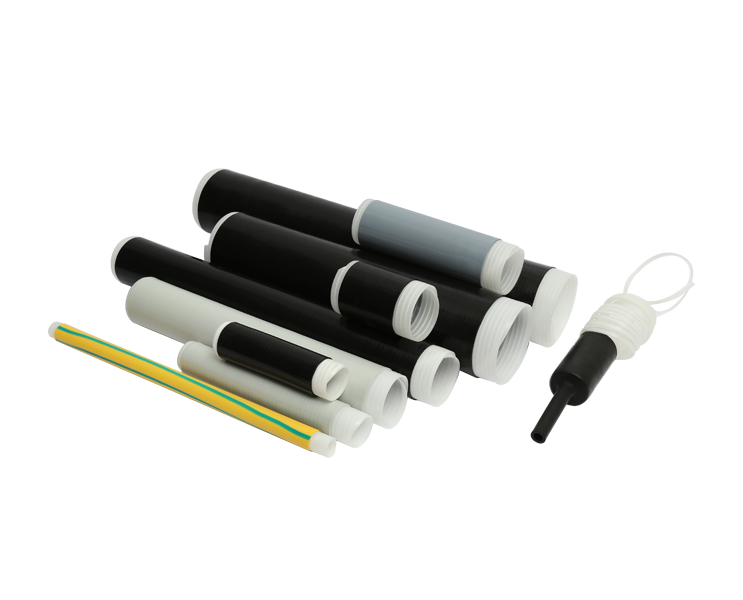Power Cable Joint Kits are essential components in the electrical and utility industry, designed to facilitate the connection of power cables, ensuring a continuous and reliable flow of electricity. These kits play a crucial role in various applications, from residential installations to large-scale industrial projects.
Power Cable Joint Kits are critical for maintaining the integrity of electrical connections. When it comes to extending or repairing power cables, these kits are indispensable. They allow for the safe and efficient joining of cables, preventing electrical outages, reducing downtime, and ensuring a consistent power supply. Whether it's in homes, offices, factories, or utility substations, Power Cable Joint Kits are essential for maintaining electrical infrastructure.
A typical Power Cable Joint Kit comprises several essential components:
Cable Connectors: These connectors are used to join cable ends securely. They come in various types, such as compression connectors, crimp connectors, or solder connectors, depending on the specific application.
Insulation Components: These components, including heat shrink tubing, insulating tapes, and insulating sleeves, provide electrical insulation to prevent short circuits and ensure the safety of the joint.
Cable Lugs and Terminations: Cable lugs and terminations are used to terminate cables to electrical devices, such as transformers or switchgear.
Resin or Gel Filling: To protect the cable joint from environmental factors, such as moisture and corrosion, many Power Cable Joint Kits include resin or gel filling materials.
Tools and Accessories: These kits often include tools like cable strippers, crimping tools, and cable cutting tools, as well as accessories like cable ties and gloves for safe installation.
Installing a Power Cable Joint Kit requires precision and following a series of steps:
Preparation: Begin by preparing the cable ends to be joined. This includes cleaning, stripping the insulation, and ensuring a clean, bared conductor.
Selection: Choose the appropriate connectors, lugs, and terminations based on the cable size, type, and application.
Assembly: Assemble the connectors and lugs onto the cable ends, ensuring they are securely attached.
Insulation: Apply insulating materials to cover the connectors and lugs. Heat shrink tubing is often used, which is heated to create a tight seal.
Sealing: If the kit includes resin or gel filling, it is applied to encapsulate the joint, providing further protection.
Testing: Conduct tests to ensure the joint's integrity, which may include insulation resistance and voltage withstand tests.
Final Encapsulation: If required, the joint can be enclosed in a protective housing to safeguard it from external elements.
Selecting the appropriate Power Cable Joint Kit is paramount for the success of any electrical installation or repair project. Factors to consider when choosing a kit include:
Cable Type: Ensure that the kit is compatible with the specific type of cable being worked on, whether it's low-voltage, high-voltage, armored, or unarmored cable.
Application: Consider the application, whether it's for overhead lines, underground installations, or indoor use.
Voltage Rating: Kits come with different voltage ratings; choose one that matches the voltage level of the cable.
Environmental Conditions: Assess the environment where the cable joint will be located. Some kits are designed to withstand harsh conditions, such as exposure to moisture or chemicals.
Regulatory Compliance: Verify that the kit complies with relevant industry standards and regulations to ensure safety and performance.
Power Cable Joint Kits are indispensable components in the electrical and utility industry, ensuring the reliable and safe connection of power cables. Proper selection and installation of these kits are essential for the integrity and longevity of electrical systems, from small-scale residential projects to large industrial installations. By understanding the components and installation process of these kits, as well as the importance of choosing the right kit for the job, professionals in the field can maintain electrical infrastructure with confidence and efficiency.

 English
English 简体中文
简体中文



